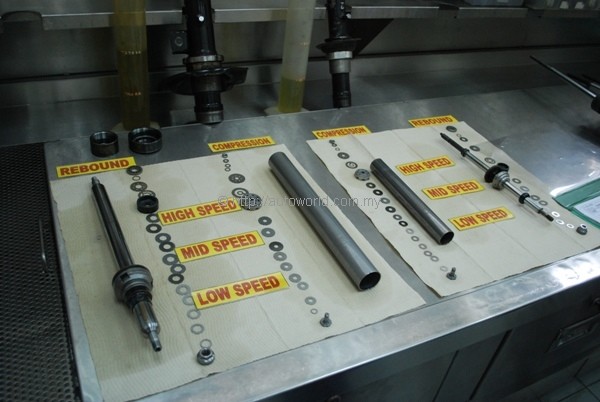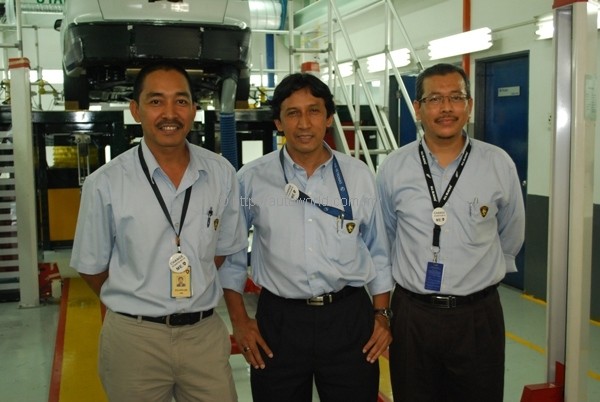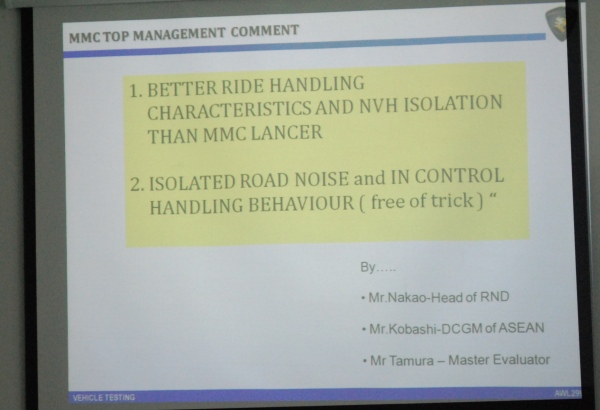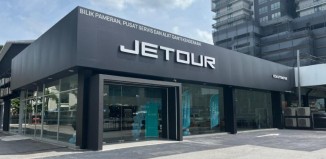Why the Inspira is more than a rebadged Lancer
“After 25 years, Proton still has to rebadge other people’s car?”
Ever since it was known that Proton has agreed with Mitsubishi to sell its own version of the Lancer sedan, the above question has been repeatedly asked by Malaysians in one form or another. The issue has generated plenty of debate, and one can only imagine the atmosphere in the board meeting room when this decision was made.
Unlike most car companies, Proton is indirectly owned by the government, which means that the rakyat are all effective stakeholders. Everywhere else, decisions are subject to scrutiny by shareholders. Proton has the entire nation watching and questioning its every move.
Truth of the matter is that developing a car is a very expensive business, and your car needs to sell at a certain volume or a very high price in order to justify the investments. If you are a regular reader of Autoworld.com.my and other motoring publications, the term economies of scale should be very familiar to you.
Economies of scale is something that Proton does not have in abundance. In the simplest terms, Proton does not sell enough cars to be able to competitively spread its development costs. Take the VW Group for example, the PQ35 platform that underpins the Golf is shared with more than a dozen models spanning the entire Group’s brand spectrum. That’s a lot of cars from which the parent company can recoup its R&D money. Proton does not have that luxury.
Having developed the Waja, Gen.2, Savvy, Satria Neo, Saga BLM, and Exora, Proton does not lack the capability of designing cars from ground up. What it does lack is the resources to simultaneously develop several models at once. Proton’s R&D team is currently working on a replacement model for the Persona and Gen.2, and tasking them to develop a replacement model for the Waja as well from ground up would stretch them to breaking point.
As such, the decision to adopt the Lancer as stop-gap model to fill in the void left by the Waja as well as the Perdana is a pragmatic one, if a little unpopular. Proton’s personnel have shown remarkable frankness with regards to the Inspira’s oriental origins.
Both Mitsubishi & Proton are extremely aware of the public’s perception of the Inspira being a Lancer rebadge. As such, Mitsubishi has opted to exercise a tight reign on what is it on the Lancer that Proton can and cannot modify. The result is that save for new bumpers and rims, the Inspira looks exactly like the Lancer.
This may give the impression that Proton has taken even further steps back than before. Whilst everyone knew that the Saga and Wira were rebadged Lancers, they were substantially restyled by Proton. The irony actually is that Proton probably had more R&D input in the Inspira compared to what they did with the Saga and the Wira.
According to Project Manager En Zulkiflee Bidin, who also worked on the Waja ten years ago, the Inspira even features notable improvements over the Lancer in certain areas. The model was put through an extensive prototyping process, and units were actually sent to Japan for evaluation by Mitsubishi engineers. In fact, the Inspira even went through its own crash tests rather than recycling Mitsubishi’s data from the Lancer.
To some, however, the Inspira might even suddenly seem like the Perdana all over again. Indeed, that is something of a story on its own. The engineers actually reworked airflow in the engine room to ensure more effective transmission cooling for the CVT models. They were very keen to avoid a repeat of the Perdana V6 transmission episode.
As you would expect, however, the bulk of Proton’s work on the Inspira went into the ride and handling, an area which the company has gotten very good at after acquiring Lotus. As explained earlier, Proton’s tinkering of the Lancer’s settings were limited by the rigid framework set for them by Mitsubishi.
For example, the Inspira’s tyre size of 205/60 R16 was pre-determined by Mitsubishi rather than a selection by Proton, though Proton had the freedom of choosing its own tyre supplier and model. Proton was also allowed to use its own shock absorbers in place of the Lancer’s original units, although the mounting points of the shocks and suspension arms are still as per the Lancer’s.
In their preliminary testing, Proton’s engineers found that the Lancer was particularly tail happy, a characteristic which they attributed to a stiff rear. To correct that, the Proton R&D team increased front-end rolling stiffness, which improves cornering stability. The masterstroke, however, is in softening the rear, making it less easy to throw about.
Proton assertion is that compared to the Lancer, the Inspira’s handling is more progressive and predictable, with fewer surprises in store when you push it to the limits. This is consistent with our observations during the Inspira media drive held at Janda Baik recently, as we found the car extremely difficult to provoke, stubbornly holding its lines. Proton’s handiwork is said to have impressed Mitsubishi’s test drivers as well, the very same ones that sign off cars like the Lancer Evo.
Production of the Inspira is now well underway at the Medium Volume Factory (MVF) in Shah Alam alongside the Exora. Output currently stands at five units per hour though that figure will be gradually raised to eight per hour. To ensure consistent quality, engineers from MMC Japan have been stationed at the production line to serve as audits.
The Inspira is scheduled for launch later today. Stay tuned as we look to bring you the final details and pictures still to be revealed by Proton.

































